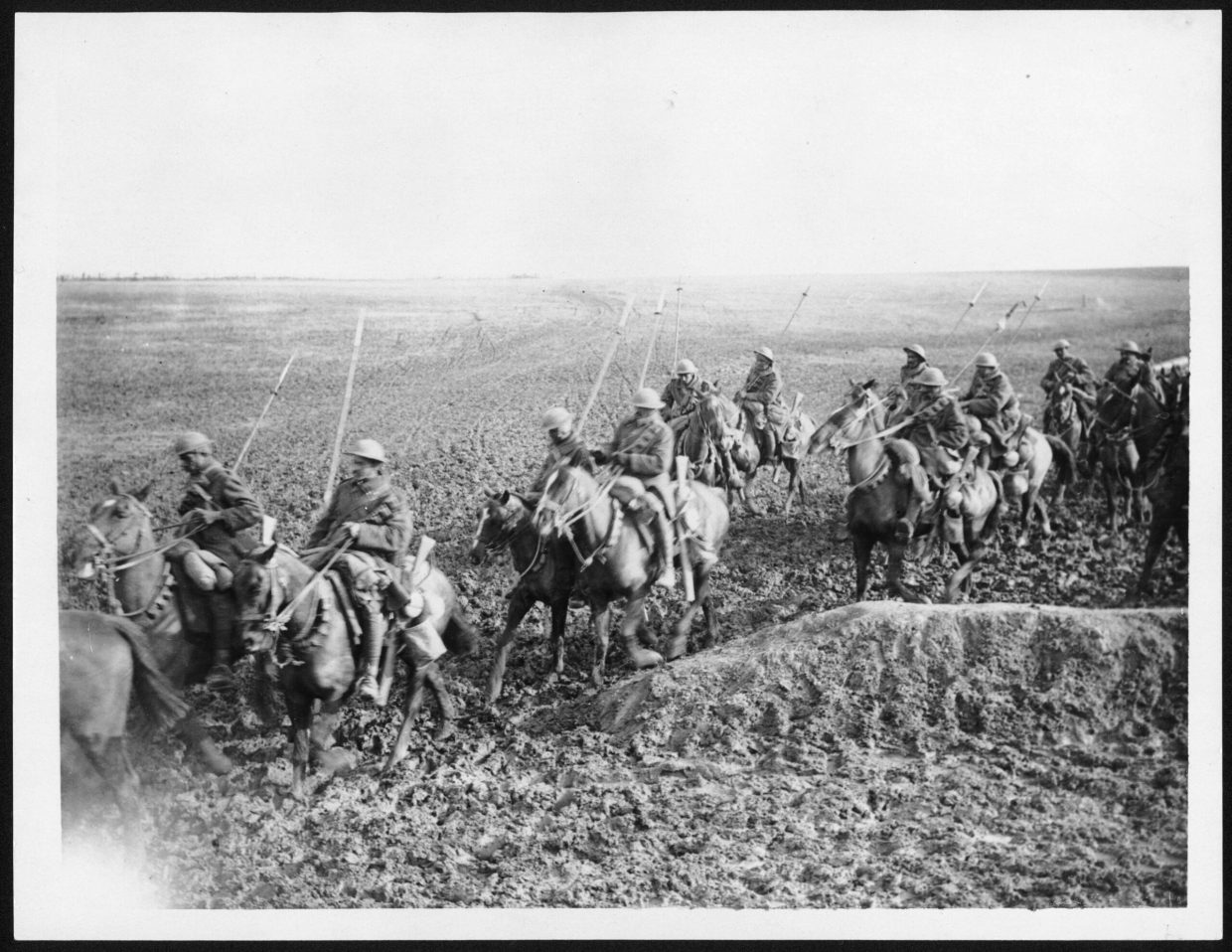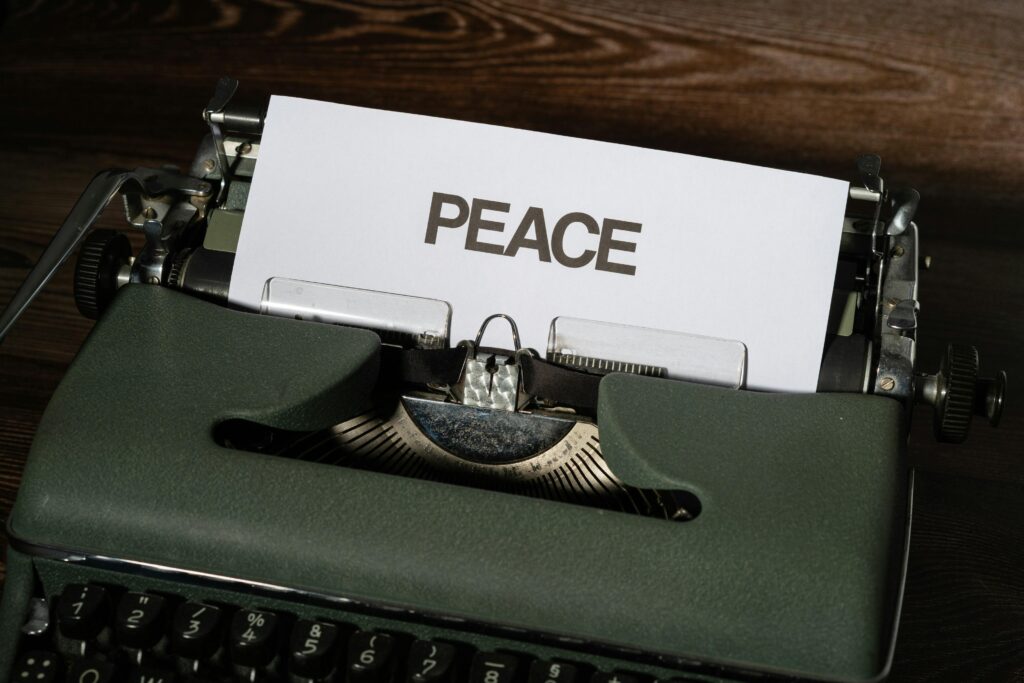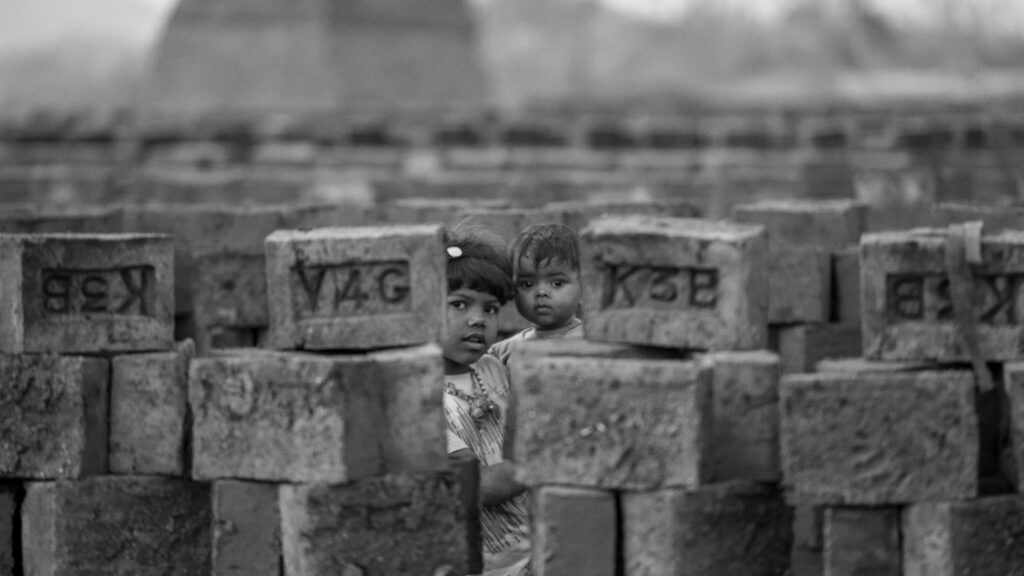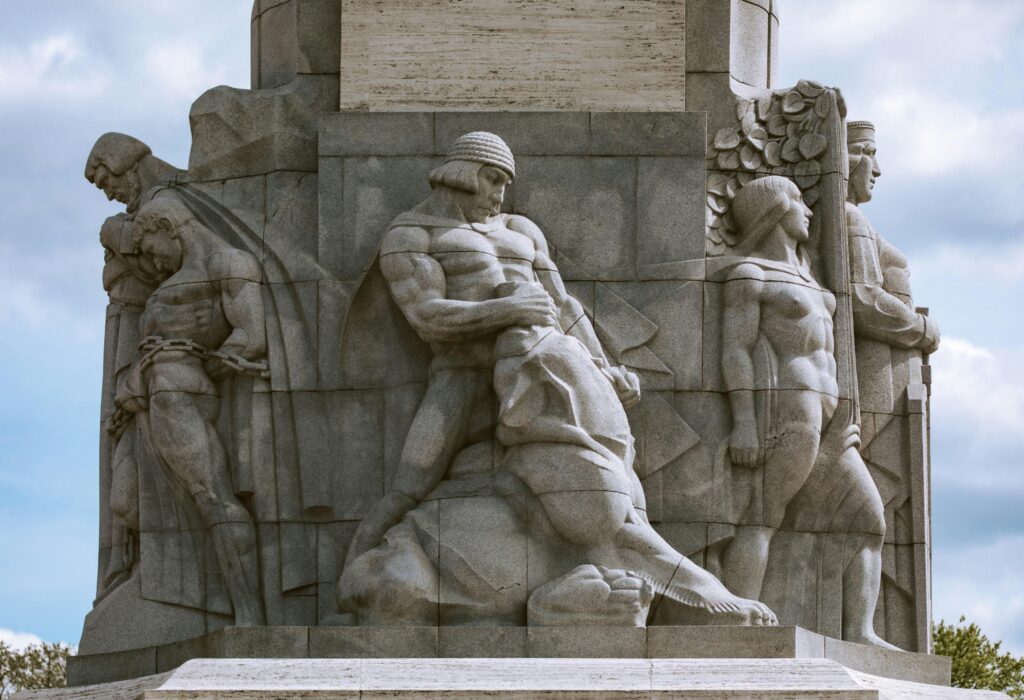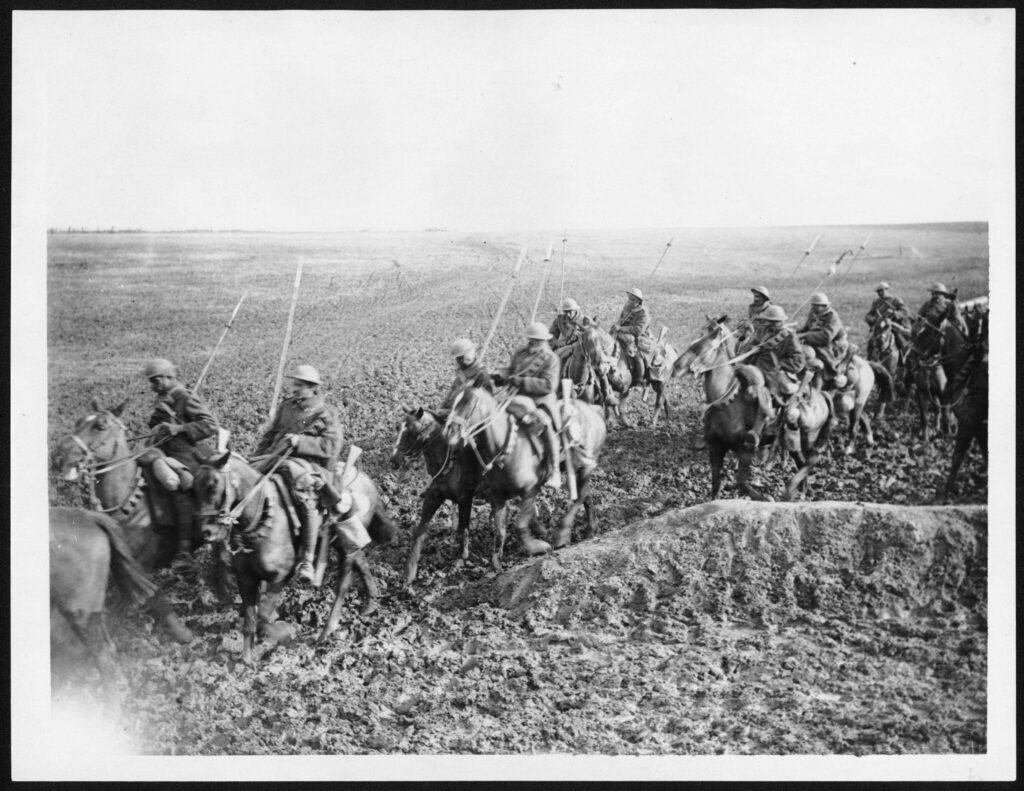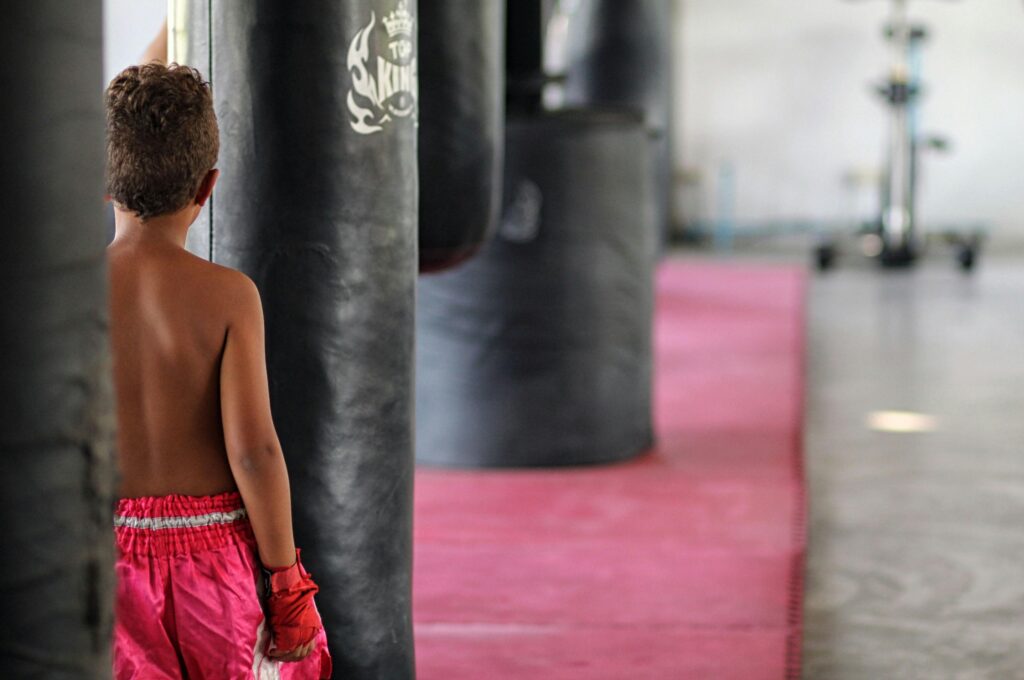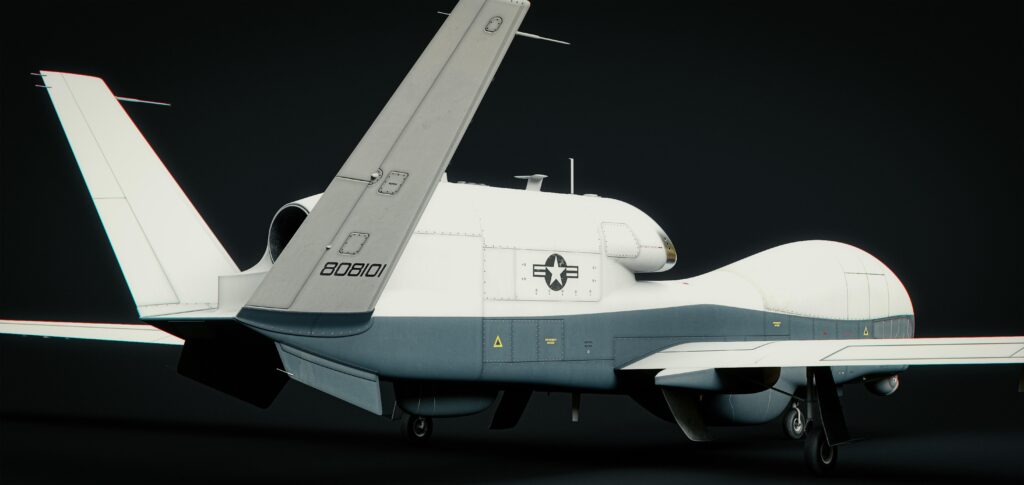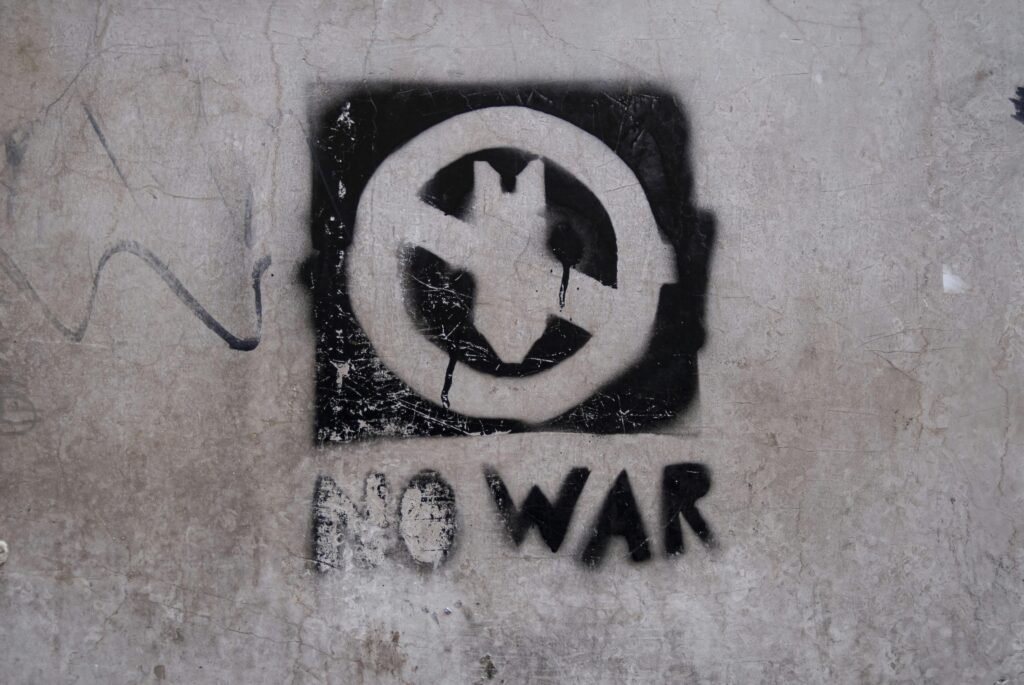When it comes to the brutal landscape of World War I, few battles stand out like the Battle of Verdun. Stretching over ten grueling months in 1916, this epic confrontation between French and German forces remains one of the longest and fiercest fights in military history. Verdun wasn’t just a clash of armies; it was a grinding test of endurance, strategy, and sheer willpower that symbolized the harrowing reality of trench warfare. In this article, we’ll delve into the origins, key moments, and lasting impact of the Battle of Verdun—an intense struggle that shaped the course of WWI and left an indelible mark on the collective memory of a world at war.
Table of Contents
- The Strategic Importance of Verdun in World War One
- Unraveling the Human Cost and Endurance on the Battlefield
- Tactical Innovations and Warfare Techniques During the Battle
- Lessons from Verdun for Modern Military Strategy and Training
- In Retrospect
The Strategic Importance of Verdun in World War One
Verdun represented not just a strategic position on the Western Front but a symbol of national pride and resilience for France during the war. Located on the Meuse River, its fortifications guarded a vital gateway into the French heartland. Control over Verdun meant a significant advantage in both offensive and defensive operations, potentially allowing the dominating force to break the stalemate that defined much of World War One. The German military recognized this, aiming to “bleed France white” by capturing Verdun and inflicting catastrophic losses on the French army. This objective underscored Verdun’s importance beyond geography—it was a psychological battlefield where morale and will were as critical as artillery and infantry.
The battle’s strategic weight compelled commanders to marshal vast resources and manpower, transforming Verdun into a grueling war of attrition marked by:
- Intense artillery bombardments that reshaped the landscape and tested the limits of soldier endurance.
- Complex defensive networks featuring interconnected forts and trenches that challenged attackers at every turn.
- Massive troop rotations to maintain fighting strength amidst relentless attacks and devastating casualties.
The relentless focus on Verdun reflected how pivotal it was to both French and German strategic calculations, making it a defining clash in a conflict characterized by prolonged and brutal fighting.
Unraveling the Human Cost and Endurance on the Battlefield
The Battle of Verdun, stretching over 10 grueling months, was a relentless testament to the sheer human endurance amid unimaginable conditions. Soldiers faced continuous artillery bombardments, mud that sucked the life from fatigued troops, and bitterly cold winters that froze men in their trenches. The psychological strain was pervasive; many endured shell shock, a precursor to modern PTSD, while witnessing comrades fall beside them. These relentless conditions transformed Verdun into a crucible of pain and perseverance, where sheer will power became as vital as ammunition.
Amidst the chaos, acts of bravery and camaraderie shone through the gloom. Soldiers found strength in:
- Shared hardships that fostered an unbreakable bond
- Innovative tactics that alleviated some physical burden
- Moments of respite, such as letters from home or brief truces
These elements underscored the complex interplay between human suffering and resilience, revealing that endurance on the battlefield was as much a mental struggle as it was a physical one.
Tactical Innovations and Warfare Techniques During the Battle
The Battle of Verdun marked a pivotal moment in military history, showcasing a profound shift in how wars were fought. Commanders implemented attritional strategies designed to exhaust the enemy’s resources and morale, rather than seeking swift breakthroughs. One of the defining tactics was the use of fortified defensive networks, which included a labyrinth of trenches, bunkers, and artillery placements interconnected by underground tunnels. These tunnels allowed troops and supplies to move with relative safety, sustaining prolonged combat without the typical vulnerabilities of open movement. Additionally, the relentless artillery bombardments were calibrated with precision, transforming artillery fire from mere destruction to a tool that shaped battlefield conditions, disrupting enemy formations and cutting off supply routes.
Innovation was not limited to static defenses; mobile elements also adapted to the grueling conditions of Verdun. The French employed rotational troop systems, ensuring soldiers remained combat effective despite the battle’s intense physical and psychological demands. Communication technology advanced with the deployment of field telephones and improved signal lines, which enhanced coordination across newly established command posts. Furthermore, chemical weapons, though controversial, entered the fray as a method to incapacitate entrenched defenders. Together, these techniques reflected a brutal evolution in warfare—where endurance, strategy, and technological ingenuity became indispensable tools of survival and victory.
- Extensive trench and tunnel networks for protection and logistics
- Precision artillery barrages aimed at attrition and disruption
- Rotational infantry tactics to maintain fighting effectiveness
- Improved battlefield communication through telephony and signals
- Introduction of chemical warfare in tactical engagements
Lessons from Verdun for Modern Military Strategy and Training
The relentless intensity and attritional nature of the Verdun conflict have left an indelible mark on modern military doctrines. One critical lesson lies in the importance of endurance and logistical sustainability. The battle demonstrated that success was not solely about swift offensives but rather maintaining the capacity to resist and replenish over extended periods in harsh conditions. Modern military strategists now emphasize continuous supply lines, medical evacuation procedures, and troop rotation systems to avoid exhaustion and maintain combat effectiveness — principles shaped by Verdun’s grueling demands.
Additionally, Verdun underscored the necessity of adaptive training techniques. Soldiers had to master trench warfare, artillery coordination, and counter-barrage strategies amidst unstable frontlines. Today, militaries integrate versatile, scenario-based training modules that simulate such unpredictability. This includes fostering psychological resilience, mastering complex communications, and employing combined arms tactics. The battle’s legacy teaches that flexibility and preparedness for protracted engagements are fundamental pillars for modern armed forces confronting evolving threats.
- Endurance over speed: Prioritizing sustained operations instead of rapid breakthroughs.
- Integrated logistics: Ensuring continuous support even in hostile, resource-drained environments.
- Adaptive combat training: Preparing troops for multifaceted, long-term battle scenarios.
- Psychological resilience: Building mental fortitude against prolonged stress and adversity.
In Retrospect
As we reflect on the Battle of Verdun, it stands as a harrowing testament to the endurance, sacrifice, and sheer willpower of those who fought amid one of history’s longest and most brutal engagements. Verdun’s legacy is more than just a marker on the timeline of World War I—it is a powerful reminder of the human cost of war and the resilience of the human spirit in the face of unimaginable hardship. By understanding the realities of this historic battle, we not only honor those who lived and died there but also gain deeper insight into the complexities of warfare and the profound impact it has on nations and individuals alike.


